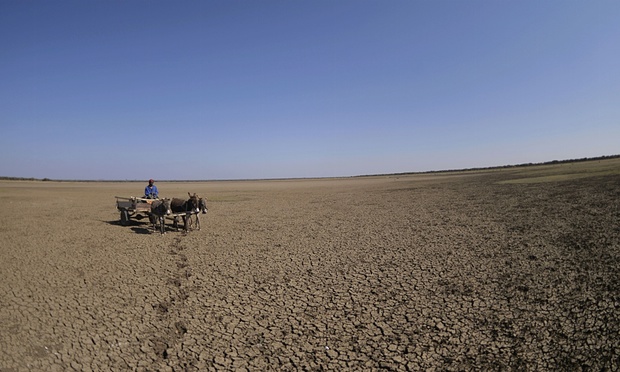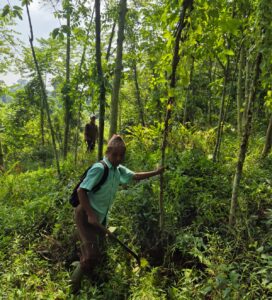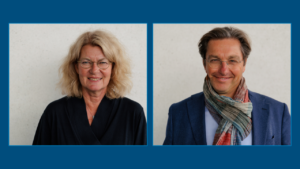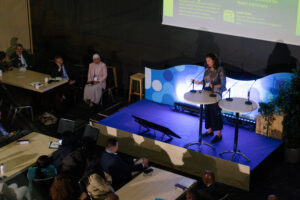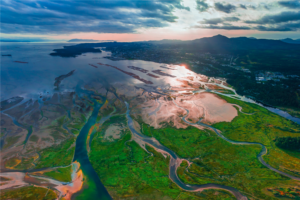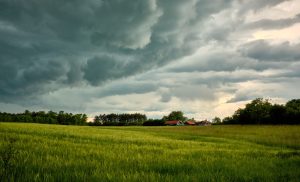Malin Falkenmark: The “Black Elephant” risks becoming a historical mistake of the SDG-process
Hunger alleviation in African savannah countries critically depends on green water management, and will remain a challenge regardless of whether there is a dedicated goal on water. The drafted goal does not yet allude to how subsistence small-holder farming, necessary for poverty alleviation and hunger eradication, will be achieved.
As Malin Falkenmark would say, it is the “black elephant” in the Sustainable Development Goal (SDG) proposal.
Each year, the Malin Falkenmark seminar is convened at World Water Week by Stockholm International Water Institute (SIWI), Stockholm Environment Institute (SEI) and Stockholm Resilience Centre. This year, the focus was on the semi-arid regions of Africa where population growth is high, and irrigation water scarce. The simple solution they say – better rain management.
In the panel discussion, facilitated by Johan Kuylenstierna (SEI), newly inaugurated Minister of Environment, Water and Climate in Zimbabwe and vice president of AMCOW, the Honourable Oppah Muchinguri, admitted she as a politician had been challenged not to take water for granted.
“Competing demands for water for energy, extractive industries, food production and urbanization mainly concern blue water sources,” she said.
She pledged to invest in more research on how to make the best, holistic and practical policies, reinforcing that a dedicated sustainable development goal for water is needed, but that indicators also need to receive the attention of policy makers.
Dr. Dhesigen Naidoo (Water Research Commission) who provides scientific technical support both in South Africa and increasingly throughout the region, supported the idea of combining traditional knowledge with new science.
The conversation – between the panellists and audience showed recognition that the barriers to governmental policies in this area are vested interests, silo-thinking and top-down approaches. There is a strong set of tools and mechanisms, but there are challenges to implementation. The challenge is not only how we design policy, but how we implement it. Johan Rockström (Stockholm Resilience Centre) saw some good signs as “the world is tipping towards a new conversation on sustainability and is more focused on reducing impact”.
For the SDGs to be implemented in drylands effectively, investment in water resilience that includes the integrated management of blue AND green water is key. We need to understand that water resilience has to involve sustaining green water flows at all scales to secure enough water in the soil, as well as moisture feedback for the generation of future rainfall. To do so, we need to adopt sustainable agricultural practices, in particular rainwater harvesting and conservation agriculture.
This year’s Stockholm Water Prize laureate, Rajendra Singh also spoke at the seminar. His passionate speech was a strong reminder that community efforts are crucial to put ideas into reality. Under his influence more than 11 000 water bodies have had their retention potential restored, and rivers subsequently started to flow again.
